Paper Weights explained: The meaning of Paper Basis Weight
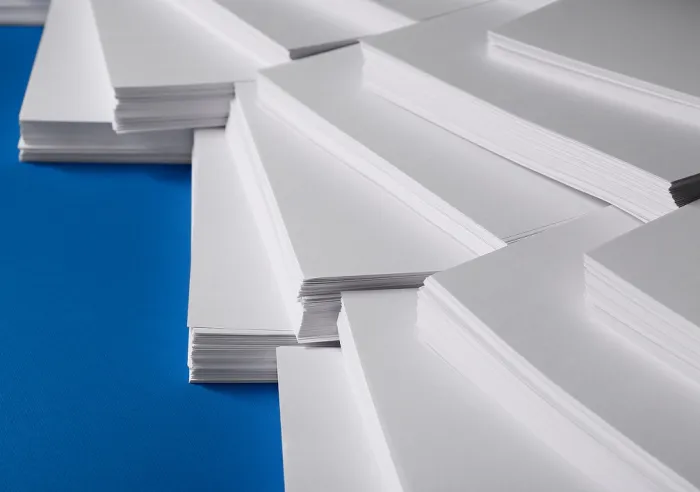
estimated reading time: 5 minutes
What is the Basis Weight of Paper?
You have likely heard paper referred to by various names,
such as Bond, Text, Cover, Index and others. These names refer to different
categories of paper. Within each category there are various weights of paper.
Having a choice of different weights from each category helps people choose a paper with the density and thickness they desire for a given print project.
In the United States, a paper's weight is commonly expressed in pounds. Since the word "pound" is frequently abbreviated as "LB" or "lb", paper is often referred to as 20LB, 80lb, etc.
The "#" sign is another popular
way to designate pounds, so you will also see paper weights being specified as
20#, 80#, and so on.
Each category of paper has a fixed basic size, which
represents the standard sheet size from which the weight of paper is figured. The
basic size varies from category to category, but the Basis Weight of a given paper
stock is always based on 500 sheets of the paper in its basic size.
For example, the basic size of Bond paper is 17" x 22". If 500 sheets of 17" x 22" Bond paper weigh a
total of 20 pounds, then the paper is labeled as 20lb or 20#. If 500 sheets of
17" x 22" Bond paper weigh a total of 32 pounds, the paper is labeled as 32lb or
32#, and so on.
Similarly, the basic size of Cover paper is 20" x 26". If
500 sheets of 20" x 26" Cover paper weigh a total of 80 pounds, then the paper
is labeled as 80lb or 80#. If 500 sheets of 20" x 26" Cover paper weigh a total
of 100 pounds, then the paper is labeled as 100lb or 100#.
If you live in the US, you are probably familiar with
paper sizes like 8.5" x 11", 8.5" x 14", and 17" x 11". These are common sizes
of paper that have been trimmed down to make convenient and easy-to-handle bundles. It is important to note that these "cut sizes" do not represent a paper category's basic size. The
basic sizes are much larger, as you can see in the list below...
The Basic Sizes of Common Paper Categories
- Bond Paper - 17" x 22"
- Book Paper - 25" x 38" (includes Offset and Text weight stocks)
- Cover Paper - 20" x 26"
- Index Paper - 25.5" x 30.5"
You will notice that the basic sheet sizes shown for these paper categories are all different. Because the basic paper sizes differ by category, this can make things a little confusing when first
learning about paper stocks and the concepts of basis weight and basic size.
Papers within the same category share the same basic sheet
size. So when comparing two or more papers within the same category, a higher
weight will always translate to a thicker stock. For example, 28# Bond will be
a thicker stock than 24# Bond.
However, we cannot compare the weights of papers from
different categories and confidently state that one will always be heavier or
lighter than the other. This is because the basic sheet sizes are different from
category to category.
For example, one might be inclined to think that 50# Offset is thicker than 20# Bond, based on the weight of 50# being 2.5 times greater than 20#. However, these two stocks actually have the same nominal paper thicknesses of .004". This is because the 25" x 38" basic sheet size for Offset paper has about 2.5 times the area of the 17" x 22" basic sheet size for Bond Paper. In other words, the thicknesses of the two paper stocks are the same but the Offset is labeled as 50# and the Bond is labeled as 20# because the basic sheet size for Offset is about 2.5 times bigger than the basic sheet size for Bond. Hence, 500 basic sized sheets of the Offset weighs 2.5 times more than 500 basic sized sheets of the Bond.
Another example of a higher pound weight paper not being thicker
than a lower pound weight paper is 110# Index vs 100# Cover. A sheet of 110# Index has
a nominal thickness of .0085 to .009" whereas 100# Cover is actually thicker, measuring
around .0095" to .011" in thickness. Before reading this article you might have
reasoned that the 110# Index would be thicker than the 100# Cover, but now you
know that isn't the case because the Index category has a larger basic sheet
size than the Cover category.
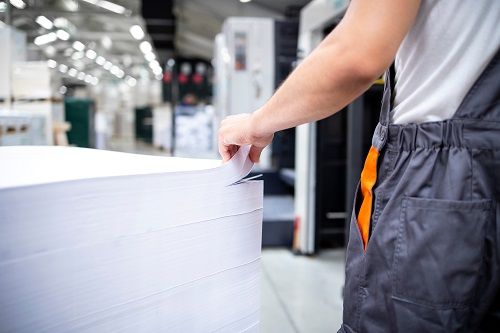
Grams per Square Meter (GSM)
Another system for expressing the basis weight of paper is
Grams per Square Meter. Commonly abbreviated as GSM or gsm, the Grams per Square Meter method doesn't rely on
a basic paper size. It simply provides the weight, in grams, of one square
meter of paper. The higher the GSM, the higher the weight of the paper.
Being metric based, the GSM system is not as heavily used in
the US as it is in other parts of the world...at least not yet.
Providing a few examples for reference, basic 20# Bond paper
and 50# Offset paper both have a weight of 75 gsm. Likewise, 80# Text weighs
120 gsm, 110# Index weighs 200 gsm, and 100# Cover weighs 270 gsm.
Heavier Papers are often described using "Points"
Though some heavier cover stocks and cardstocks are described using
the weight in pounds or gsm, others are described using the measured
thickness (caliper) of the paper. The unit of measure for the thickness of
these heavier stocks is usually shown as "Points", where one point equals
1/1000ths of an inch or .001".
For example, 10pt cardstock equates to a thickness of .010".
Likewise, a 12pt stock is .012" thick, a 14pt stock is .014", a 16pt stock
is .016" and so on.
While we're on the topic of thick stocks, it is probably a good
time to mention that digital printing presses cannot usually print on paper
that is thicker than 14pt. Also, most web-fed
offset presses have an upper thickness limit of 8pt stock. Fortunately, most sheet-fed
offset presses can handle cardstock thicknesses up to 24pt.
If you ever have a printing question, Color Vision is just a phone call away!
Like many industries, the printing trade has its share of confusing
terminology. Hopefully, we have helped to clarify the meaning of Basis Weight as it
pertains to paper.
Understanding the relative difference between various paper
weights is important because it affects the paper's durability and
print quality. It also contributes to the overall feel and perception of the
finished product.
Should you have any questions or want to discuss an upcoming
print project, give Color Vision a call at 800-543-6299.
Or, if you have your project's specifications
handy and would like a quote, simply fill out our Quote Request form and we will
email a quote to you. As always, we look forward to assisting with your next
print project!
Related Articles
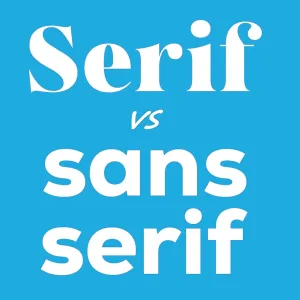
Serif vs Sans Serif Fonts: Which to use for a Print Project?
Read This Article

Raster vs Vector Images: The Key Differences Explained
Read This Article
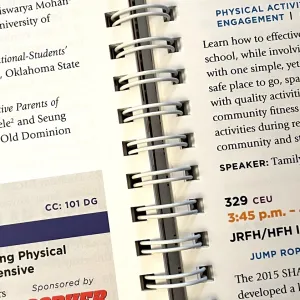
Custom Book Printing: What is Wire-O Binding?
Read This Article
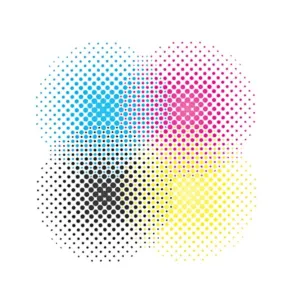
Commercial Printing: What does “Halftone” mean?
Read This Article